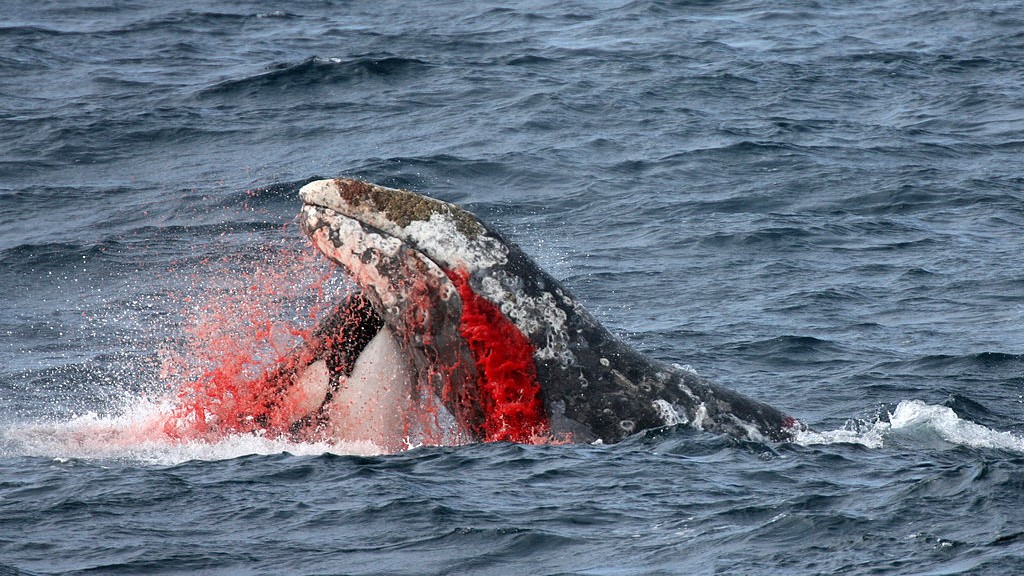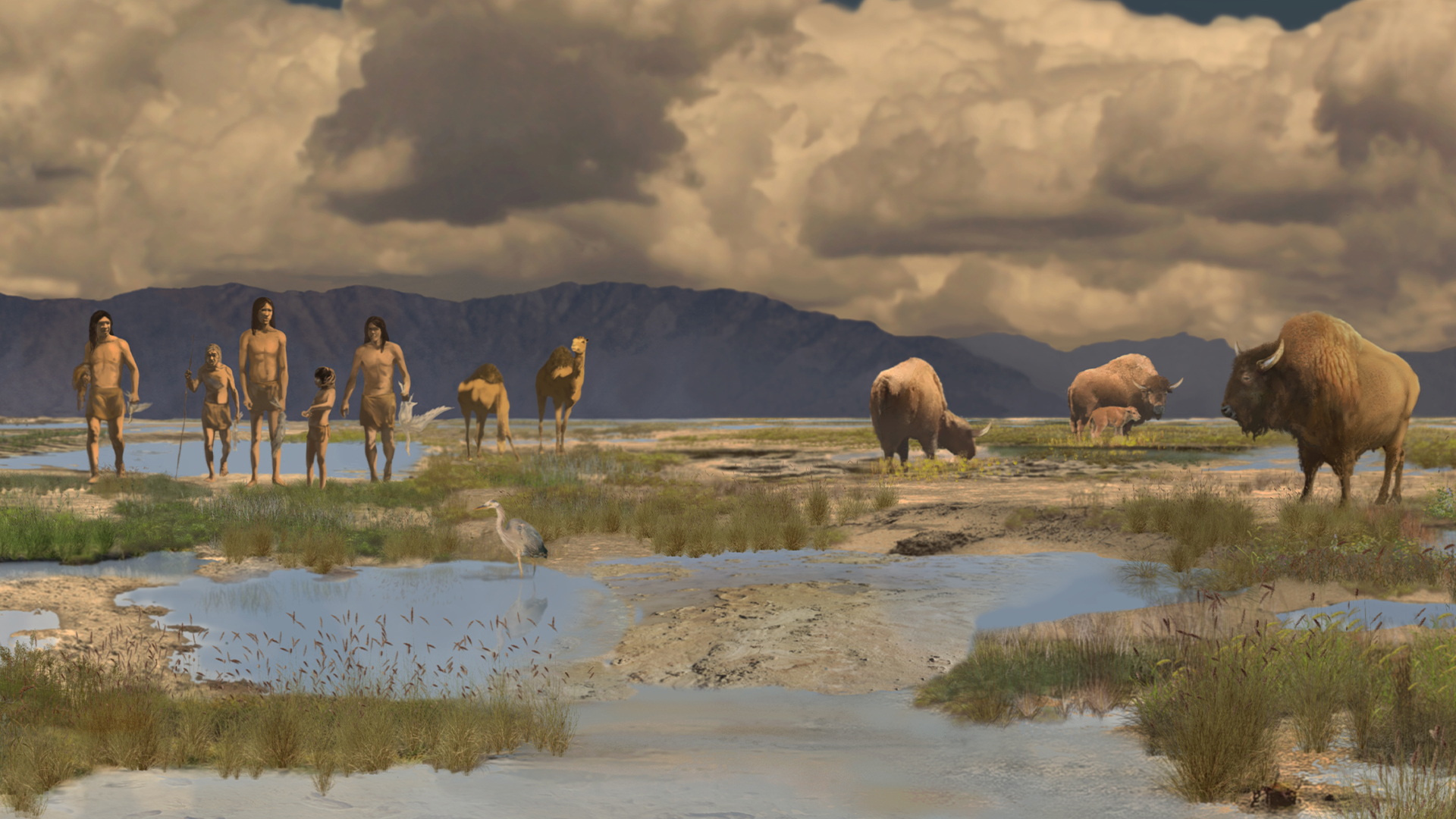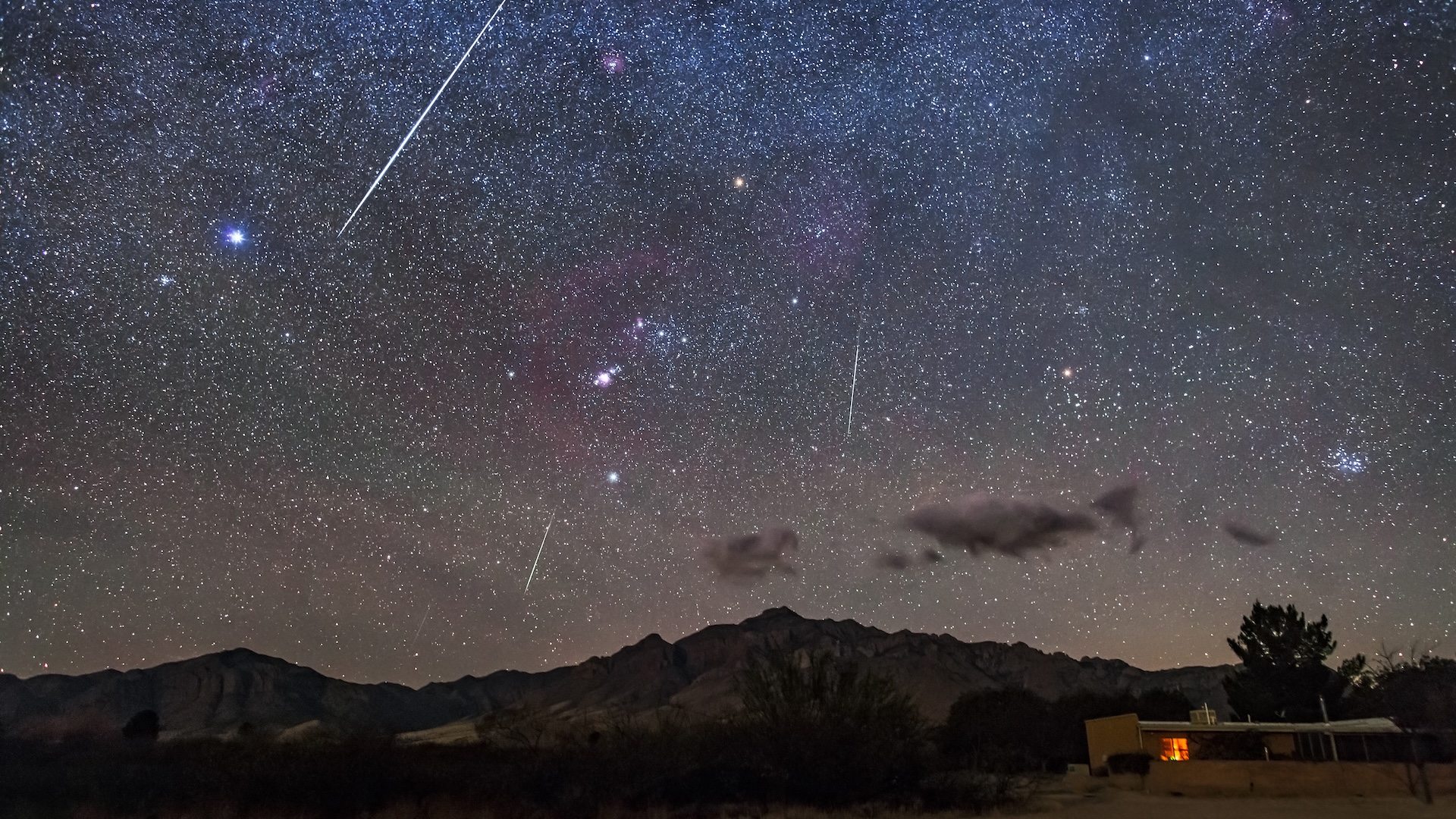Science Spotlight: Discover the research changing our understanding of the world
Latest about science spotlight
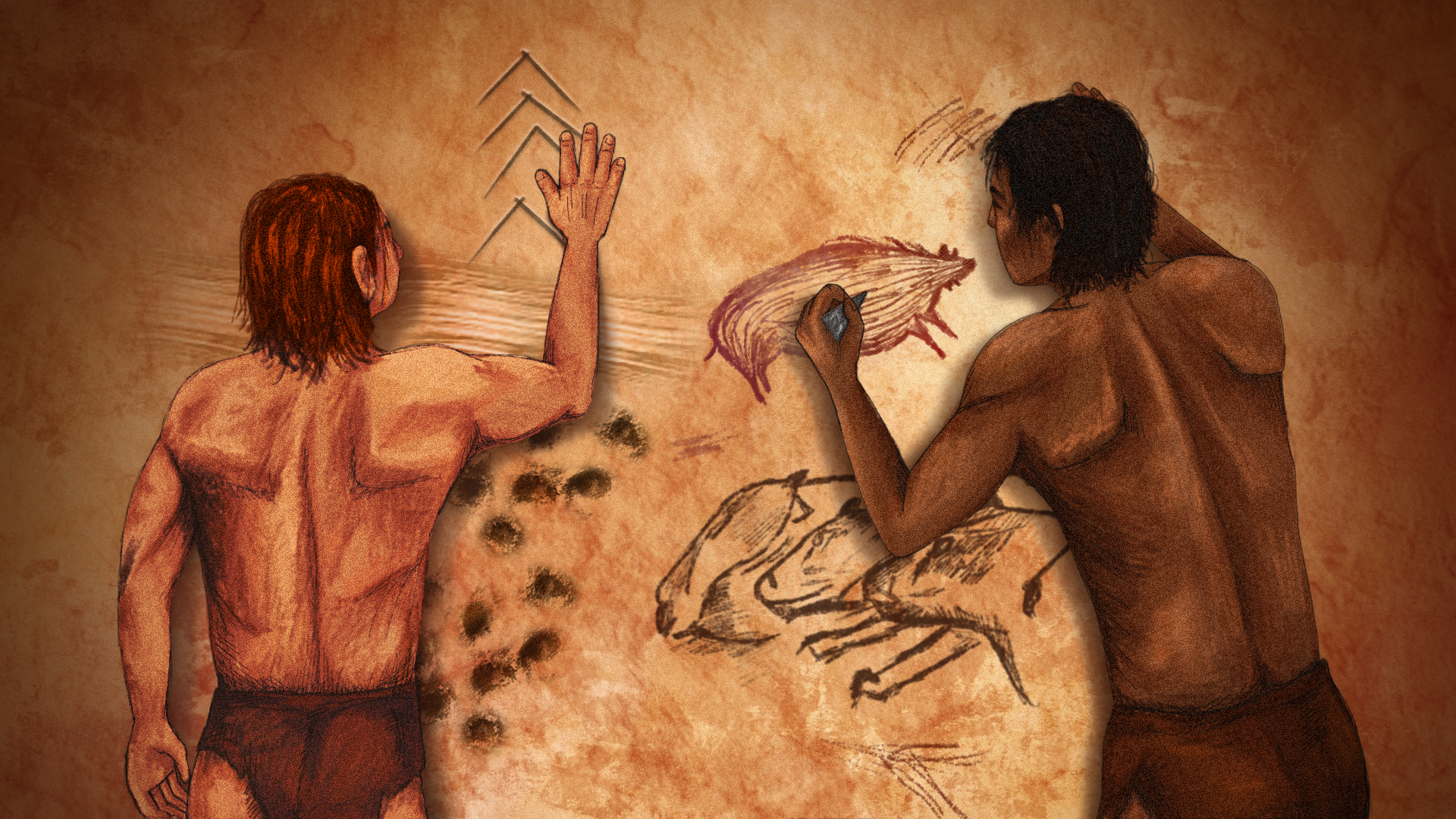
Did art exist before modern humans? New discoveries raise big questions.
By Tom Metcalfe published
Scientists are finding ever-earlier examples of artistic expression in the archaeological record that reshape what we know about the cognitive abilities of our archaic human relatives, such as Neanderthals.
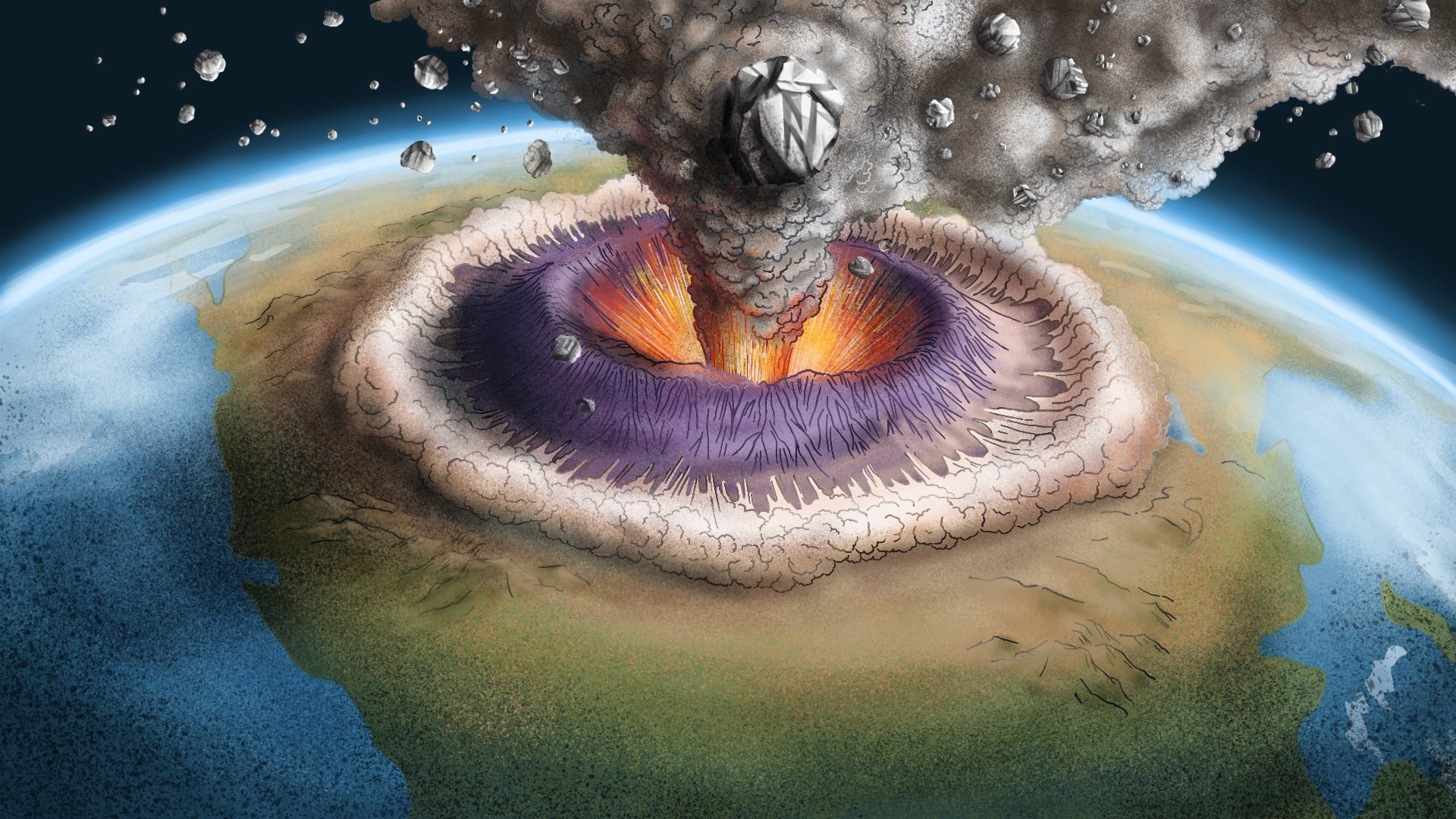
Fountains of diamonds that erupt from Earth's center are revealing the lost history of supercontinents
By Stephanie Pappas published
Diamonds seem to reach Earth's surface in massive volcanic eruptions when supercontinents break up, and they form when continents come together.
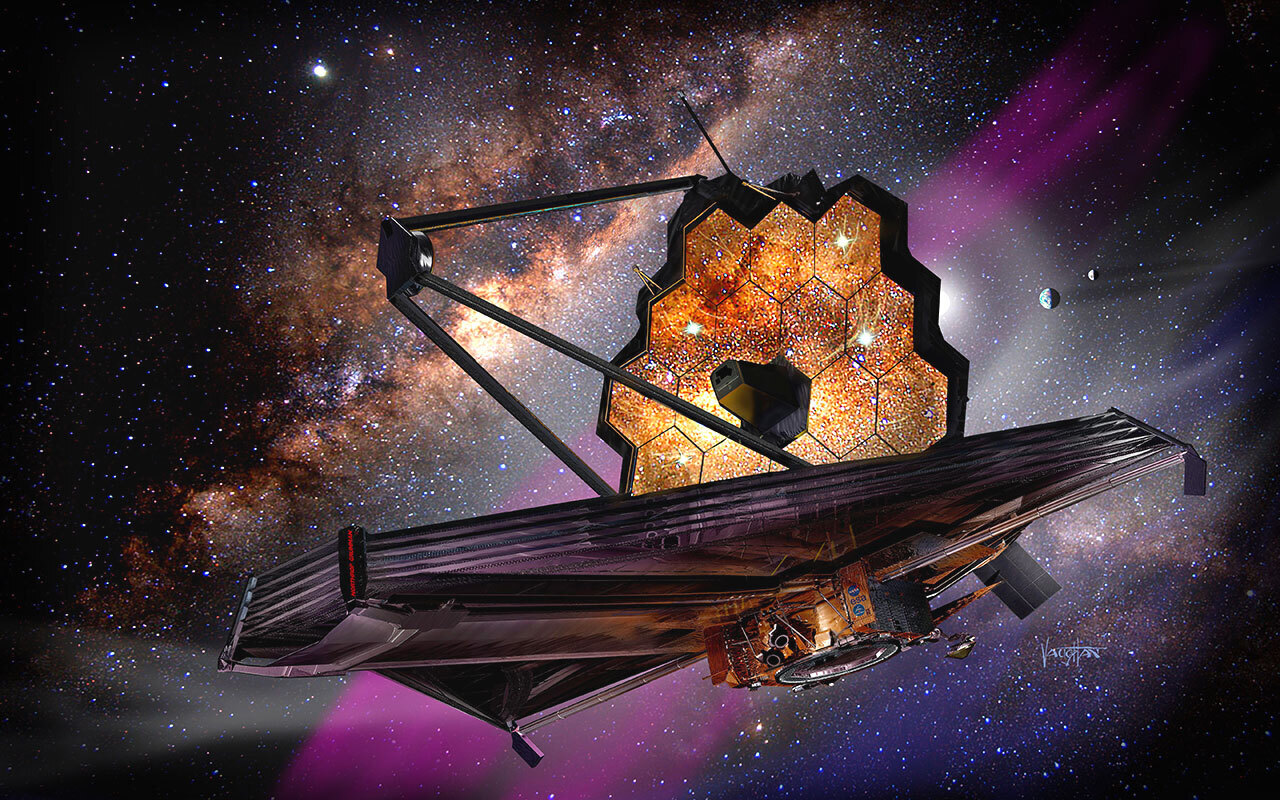
After 2 years in space, the James Webb telescope has broken cosmology. Can it be fixed?
By Ben Turner published
For decades, measurements of the universe's expansion have suggested a disparity known as the Hubble tension, which threatens to break cosmology as we know it. Now, on the eve of its second anniversary, a new finding by the James Webb Space Telescope has only entrenched the mystery.

'If you don't have inflammation, then you'll die': How scientists are reprogramming the body's natural superpower
By Emily Cooke published
Inflammation can be both a superhero and a villain, depending on the context. Rather than eliminating it completely, new treatments are trying to redirect it.
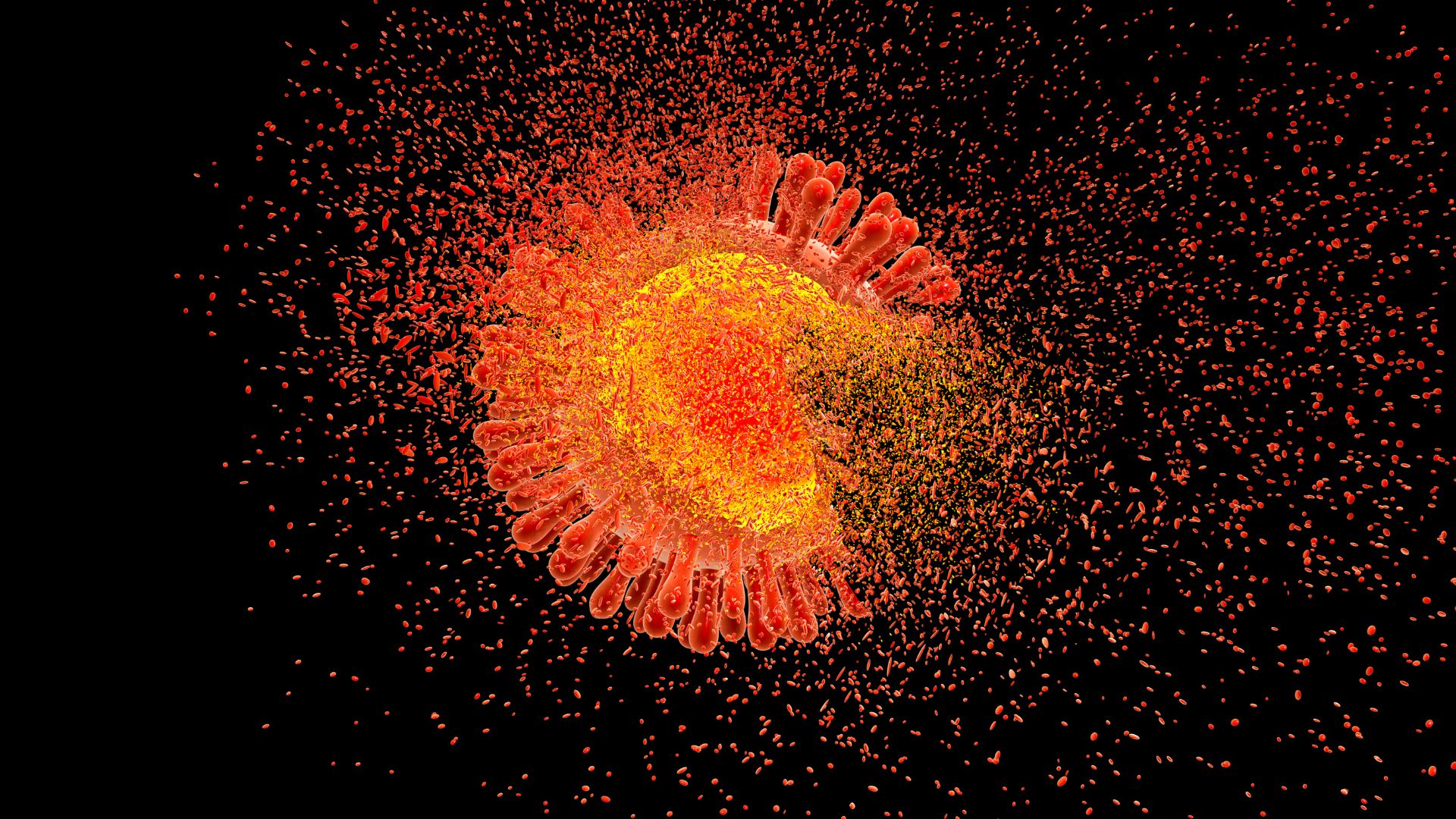
We could end the AIDS epidemic in less than a decade. Here's how.
By Nicoletta Lanese published
Experts have laid out a road map to ending the AIDS epidemic by 2030. Is it possible?

'Planet killer' asteroids are hiding in the sun's glare. Can we stop them in time?
By Brandon Specktor published
In the glare of the sun, an unknown number of near-Earth asteroids move on unseen orbits. A new generation of space telescopes could be our best defense against potential disaster.
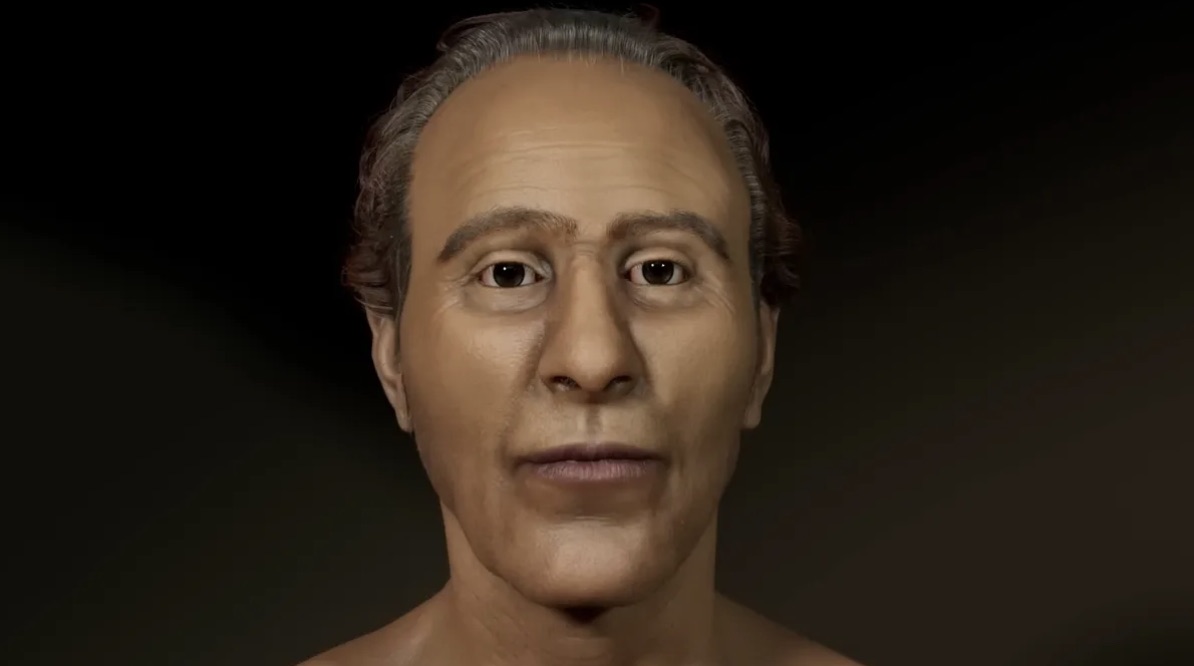
Facial reconstructions help the past come alive. But are they accurate?
By Jennifer Nalewicki published
DNA analysis is changing the science of facial reconstructions and making them more lifelike than ever before.
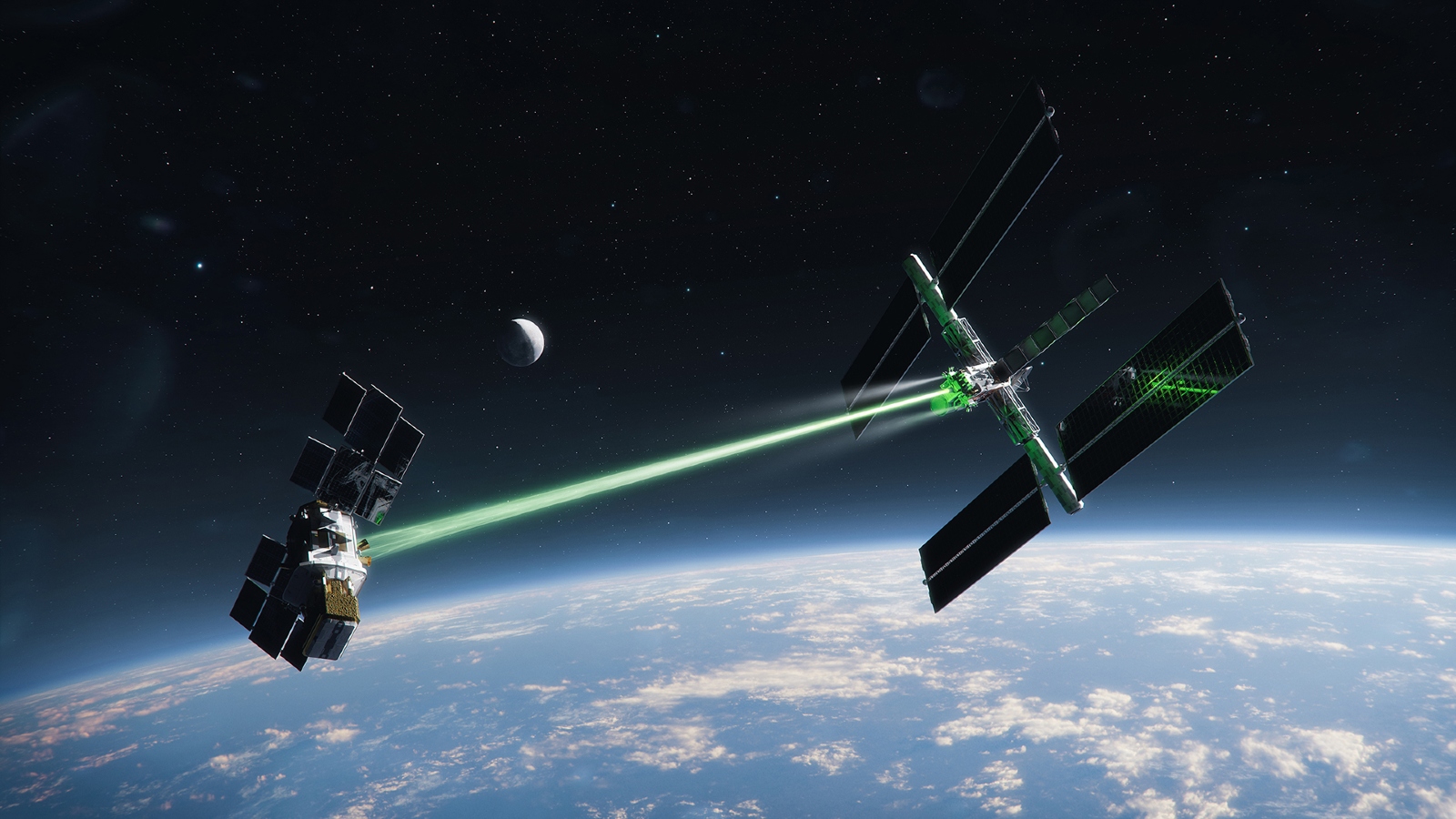
Sci-fi inspired tractor beams are real, and could solve a major space junk problem
By Harry Baker published
Researchers are developing a real-life tractor beam, with the goal of pulling defunct satellites out of geostationary orbit to alleviate the space junk problem.
Sign up for the Live Science daily newsletter now
Get the world’s most fascinating discoveries delivered straight to your inbox.
